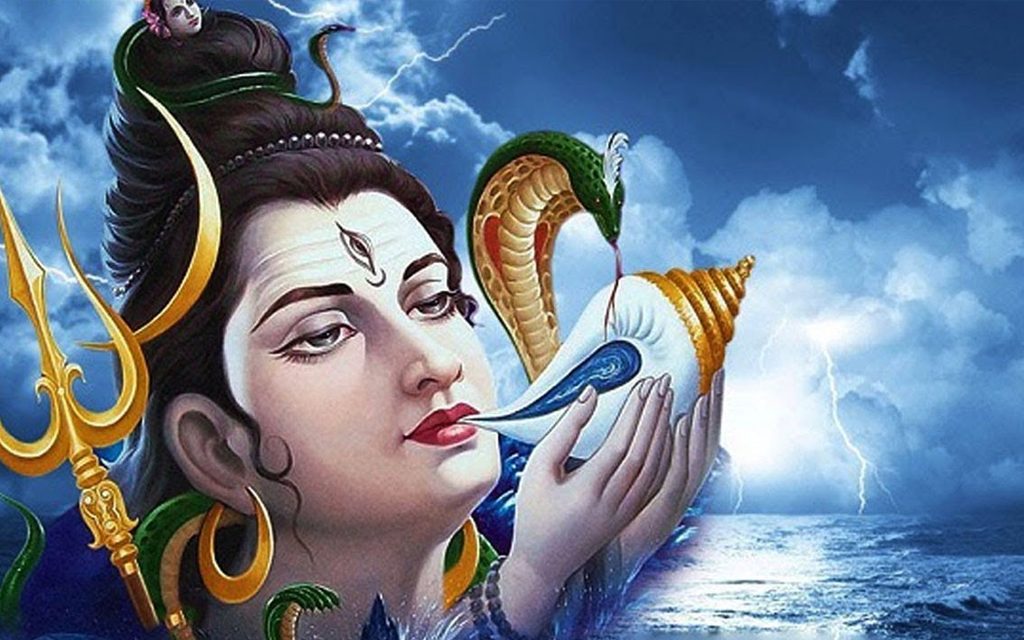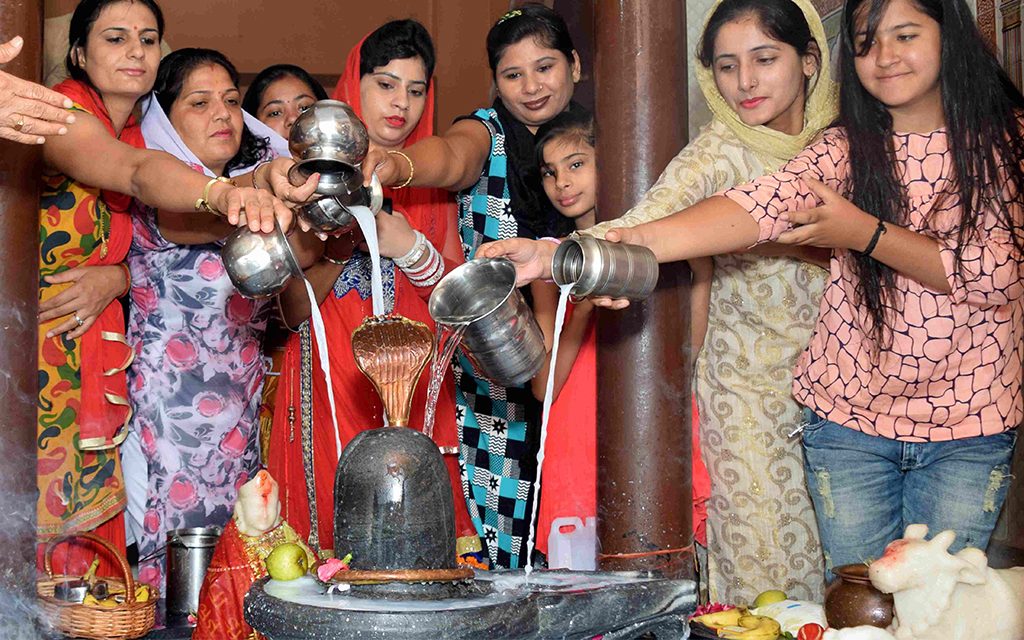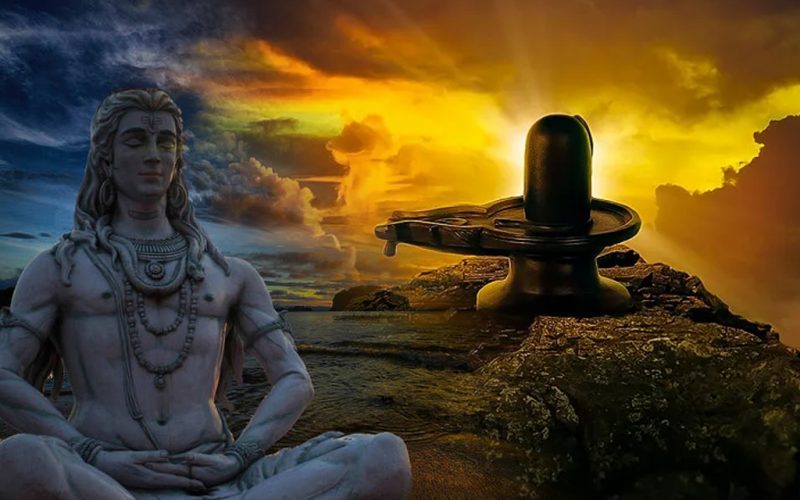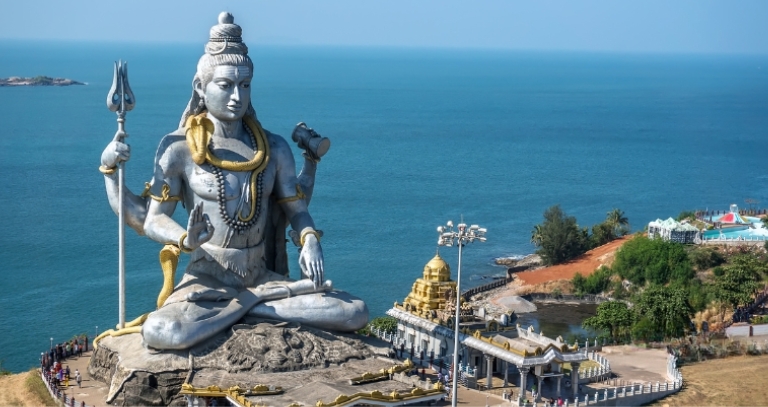Maha Shivratri Festival – A Celebration of Faith and Devotion
India is a land of countless festivals, each filled with devotion, color, and joy. Among these, the Maha Shivratri festival holds a special place in the hearts of millions. It is one of the most sacred Hindu festivals dedicated to Lord Shiva, the powerful deity of the Hindu trinity. Regardless of religion or region, this festival brings people together in unity and faith. Every year, devotees celebrate Maha Shivratri with deep devotion, observing fasts, offering prayers, and immersing themselves in divine energy.
Why We Celebrate Shivratri Festival
According to Hindu mythology, the story behind Maha Shivratri is both profound and inspiring. During the great churning of the ocean, known as Samudra Manthan, gods and demons competed to obtain the nectar of immortality. However, the process also produced a deadly poison with the power to destroy the universe.
Frightened by its danger, the gods sought Lord Shiva’s help. Out of compassion for all living beings, Lord Shiva consumed the poison. Although it did not harm him, the poison turned his throat blue — giving him the name Neelkanth, meaning “the blue-throated one.”
Thus, the Shivratri festival is celebrated as a gesture of gratitude to Lord Shiva for protecting creation from destruction. Moreover, it symbolizes the triumph of good over evil and the victory of compassion over chaos.
Additionally, the night of Maha Shivratri is believed to mark two major events — the divine dance of Lord Shiva, known as the Tandav, and his holy marriage to Goddess Parvati (Sati). Both events represent cosmic balance, unity, and love.

When is Maha Shivratri Celebrated?
The Maha Shivratri festival is celebrated once a year, towards the end of winter, usually in February or March. The exact date is determined according to the Hindu lunar calendar. The festival night holds immense spiritual energy, making it ideal for meditation, prayer, and self-reflection.

How Shivratri Festival is Celebrated
During Maha Shivratri, devotees follow several rituals with sincerity and discipline. Many observe a strict fast, staying awake all night in devotion. They visit temples early in the morning and perform Abhishekam — the sacred ritual of bathing the Shiva Lingam.
Worshippers offer water, milk, honey, and sacred flowers to the deity. They also chant “Om Namah Shivaya,” a powerful mantra believed to purify the soul. Devotees take five rounds (parikramas) around the Shiva Lingam, symbolizing the cycle of creation and destruction.
Young women often fast and pray to Lord Shiva, seeking his blessings for a virtuous husband like him. Moreover, devotees apply sacred ash (vibhuti) to their foreheads, representing purity, spiritual awakening, and renunciation of ego.
Temples across India, such as Kashi Vishwanath in Varanasi and Somnath in Gujarat, glow with lights, bells, and chants. As the night deepens, the atmosphere becomes filled with divine vibrations, uniting hearts in a shared sense of faith and peace.
Spiritual Essence of Shivratri Festival
Beyond rituals and celebrations, the Maha Shivratri festival carries deep spiritual meaning. It reminds people to overcome darkness and ignorance, leading their lives with humility, love, and truth.
By fasting, meditating, and worshiping, devotees cleanse their minds and connect with the divine power within. Maha Shivratri teaches that true devotion lies not in rituals alone, but in self-discipline, compassion, and inner peace.
Conclusion
The Maha Shivratri festival is not just a day of prayer — it’s a journey toward enlightenment. It celebrates Lord Shiva’s greatness, his boundless compassion, and his eternal energy that sustains the universe. Every chant, offering, and fast performed on this sacred night strengthens the bond between humans and the divine.
So, as the holy night of Maha Shivratri approaches, light your lamp of faith, let go of fears, and embrace the divine energy that flows through every living being.





